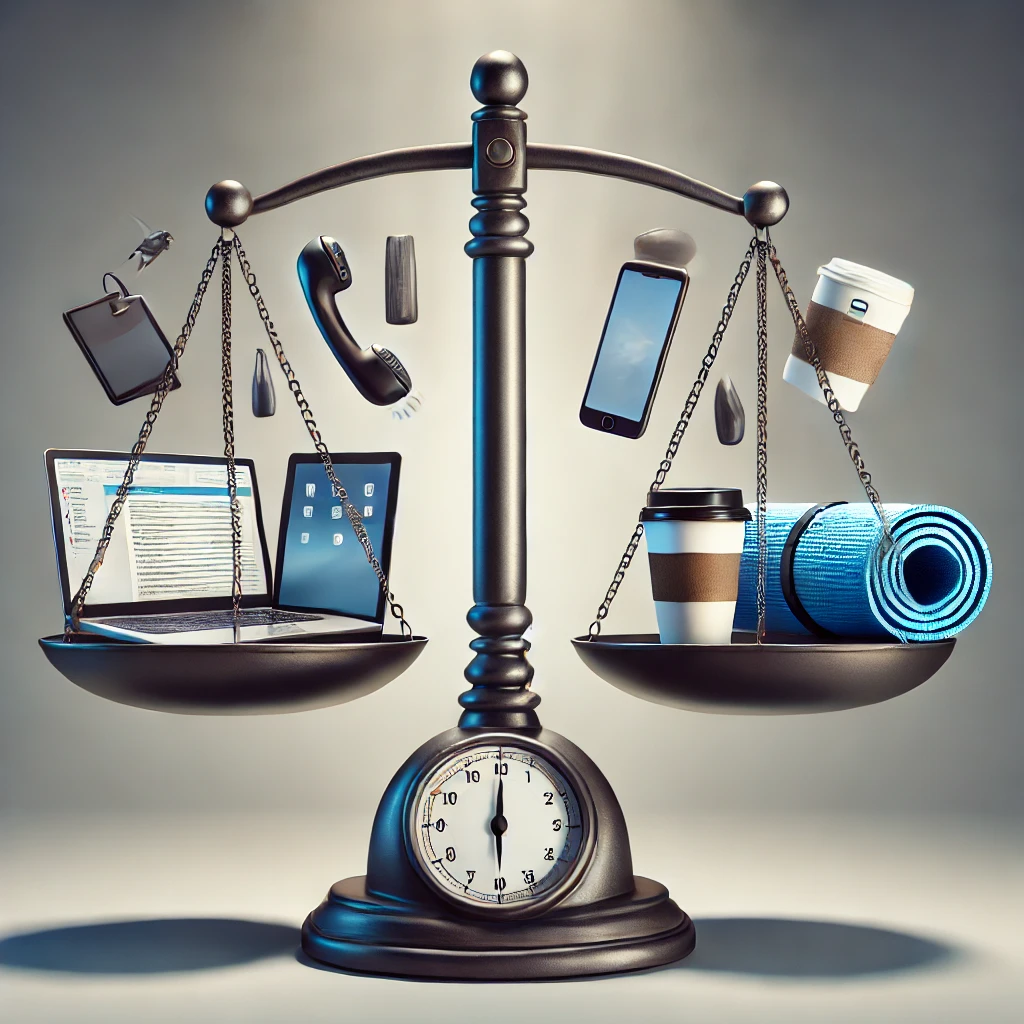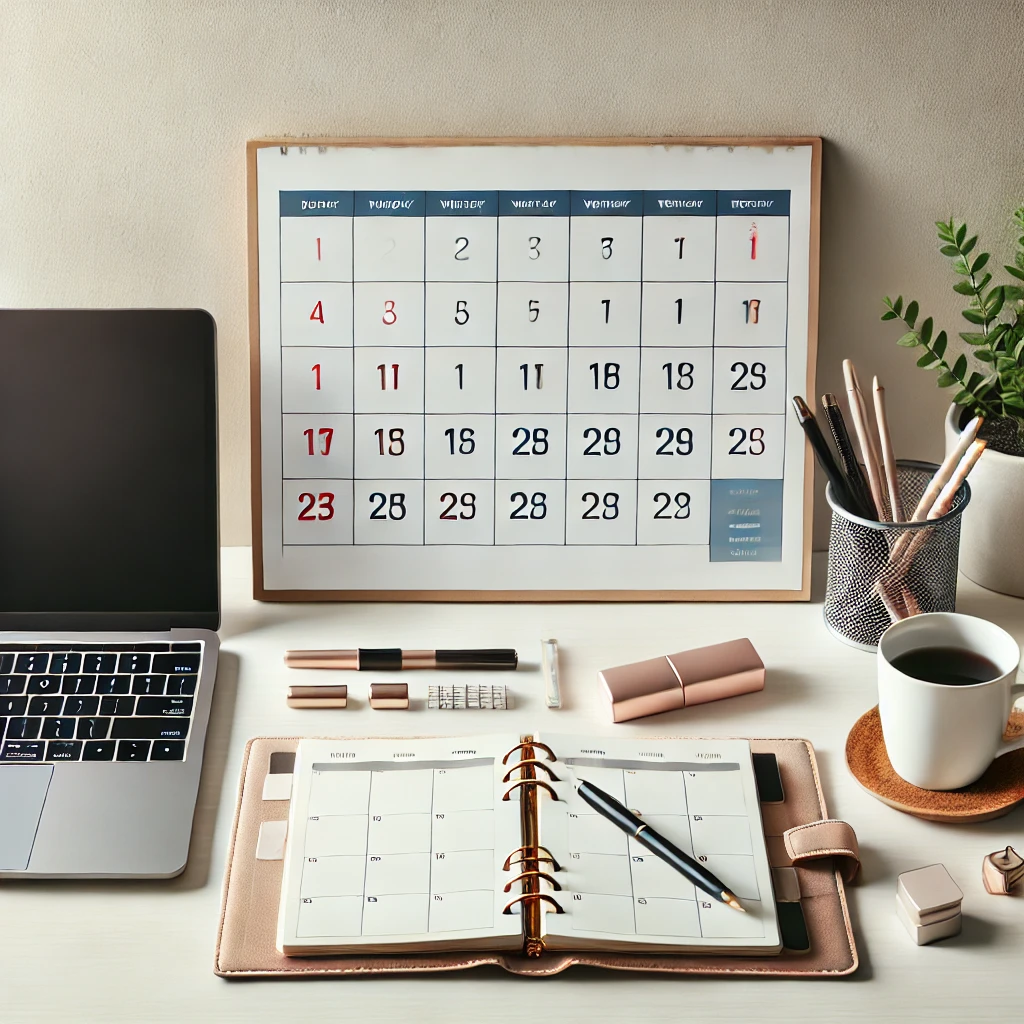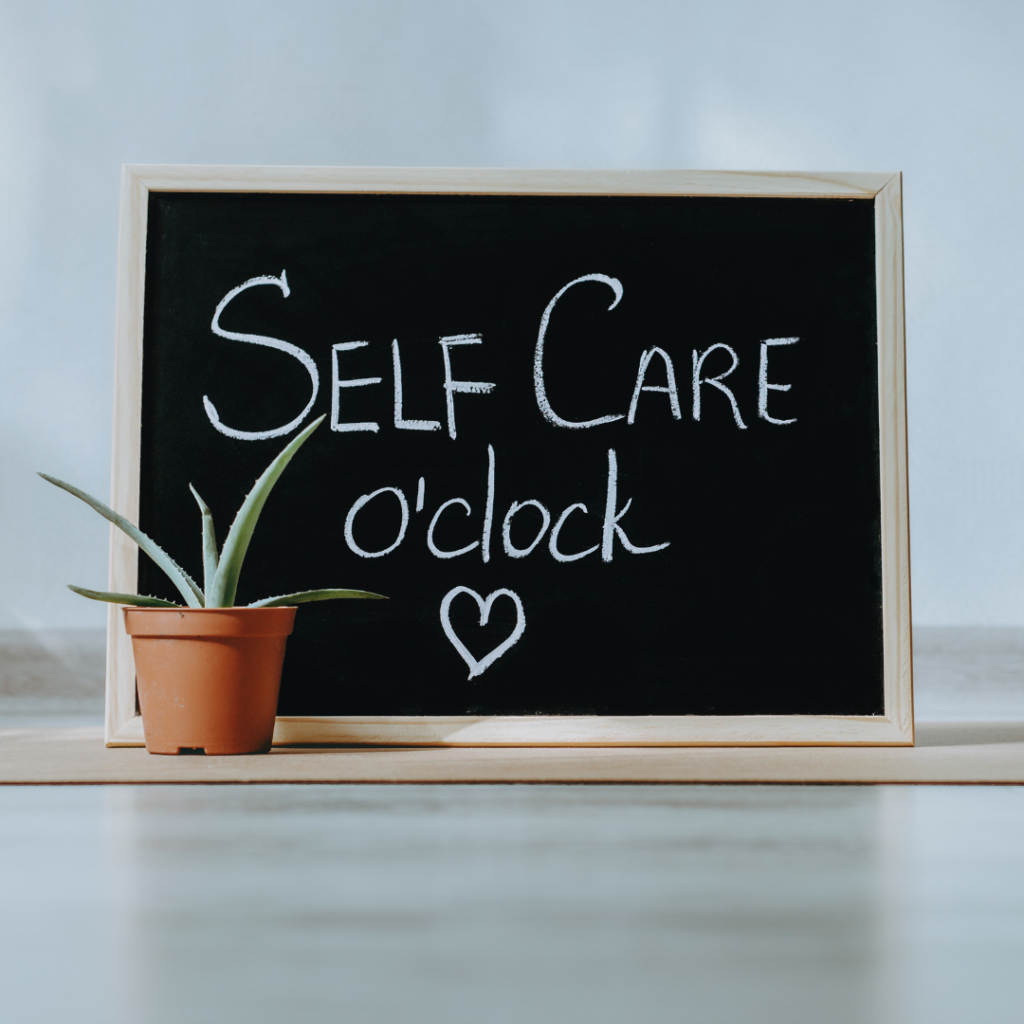Ever feel like you’re running on fumes, trying to juggle work, family, and personal time? You’re not alone. In a world that glorifies ‘the grind,’ true balance often feels impossible. But what if I told you that work-life balance isn’t about perfection—it’s about sustainability?

To be honest the term “Work-life balance” has become more of a buzzword. Living our live isn’t just a buzzword—it’s essential for long-term success, mental well-being, and maintaining the energy to pursue what truly matters. Whether you’re juggling a 9-to-5 with a side business, managing multiple responsibilities, or just trying to find time for yourself, creating a sustainable balance is key.
Sustainable work-life balance isn’t about doing everything perfectly; it’s about designing a rhythm that aligns with your priorities, protects your well-being, and allows you to thrive professionally and personally.
Let’s dive into strategies to create a work-life balance that works for you—without burnout, guilt, or overwhelm.
1. Define What Balance Really Means
Here’s the thing: we are not ALL the same. Therefore, balance looks different for everyone. The first step in creating sustainability is defining what balance means for you—not what society or your peers expect. In other words, instead of chasing someone else’s version of balance, define your own
- Is it having weekends free for family time?
- Is it being able to grow your side business while maintaining financial stability?
- Is it ensuring you have time for fitness, hobbies, or rest without feeling guilt?
Write down your non-negotiables—the things you’re not willing to sacrifice. From there, you can build a routine that honors those priorities.
2. The Boundary Blueprint: Say No with Confidence
One of the biggest challenges in work-life balance is not setting boundaries. The reality is, if you don’t set them, someone else will. In our current world, I have what I term “3-zones” of our lives:
- Work (Hours): Set clear start and stop times for work (even if you work remotely or for yourself).
- Technology (Boundaries): Consider a “no work emails after 7 PM” rule.
- Personal (Space): Communicate your need for focused work time to family and friends.
When we say the boundaries, there is a visceral reaction of defensiveness but our mindset has to change. Boundaries aren’t barriers; they’re lifelines. Without them, work creeps into personal time, stress skyrockets, and burnout becomes inevitable. The truth? Saying “no” isn’t selfish—it’s strategic. Whether it’s declining after-hours emails or protecting your lunch break, setting boundaries is an act of self-respect. Try this: Next time someone asks for “just one more thing,” pause and ask yourself, “Does this align with my priorities?” If not, politely decline. Your time is your most valuable asset—protect it like your peace depends on it (because it does). 🚀. Here are a few mindset shifts:
- Every “yes” to unnecessary tasks is a “no” to yourself.
- Set clear boundaries at work and home.
- Examples:
- Work: “I don’t check emails after 7 PM.”
- Home: “I take 30 minutes daily for myself—no exceptions.”
Boundaries create structure, and structure prevents burnout.
💡 Pro Tip: If saying “no” feels hard, try: “I’d love to help, but I don’t have the bandwidth right now.
3. Master Time Management

The key to sustainable balance is making time work for you, not against you.
- Use Time Blocking: Dedicate specific time slots for work, personal life, and self-care.
- Prioritize the Big Rocks First: Focus on those high-impact tasks instead of busywork.
- Batch Similar Tasks: Answer all emails in one block, schedule meetings in another, and focus on deep work without interruption.
Think about the last time you did something just for you—no emails, no obligations, just pure joy. If it’s been a while, take the challenge: block 30 minutes today for something that makes you feel alive. Whether it’s dancing to your favorite song, diving into a good book, or taking a peaceful walk, this isn’t wasted time—it’s recharge time. Your energy fuels everything you do, so protect it like a VIP meeting. Because, truthfully? You are the most important appointment on your calendar. 💡✨
⏳ Challenge: Block 30 minutes today for something you love.
Pro tip: The 2-Minute Rule—if something takes less than two minutes, do it immediately rather than adding it to your to-do list.
A well-placed “no” today protects your “yes” for what truly matters.
4. Prioritize Self-Care (Without Guilt)
We’ve been conditioned to see self-care as a luxury, something we earn after grinding ourselves into exhaustion. But here’s the truth—without rest, without nourishment, without moments of stillness, everything you’re building is at risk. Burnout doesn’t ask for permission; it arrives when you ignore the quiet signals—fatigue, frustration, detachment—until they become impossible to ignore. You can’t pour from an empty cup, and you shouldn’t have to. Prioritizing yourself isn’t an afterthought—it’s the foundation for everything you want to achieve.Self-care isn’t optional—it’s a necessity. If you burn out, everything else suffers. Let’s make a decision to:
- Reframe self-care as fuel, not indulgence.
- Try micro self-care moments
- Examples of micro self-care:
- 5 deep breaths between meetings.
- A short walk after lunch.
- Turning off notifications for an hour.
- Listening to favorite song
- Examples of micro self-care:
So take a moment to remember these “areas” that we must prioritize and protect in our lives:
- Physical Health: Prioritize sleep, exercise, and nourishing food.
- Mental Wellness: Take breaks, meditate, and unplug when needed.
- Emotional Balance: Spend time with loved ones, journal, or engage in hobbies that bring you joy.
💡 Pro Tip: Schedule self-care like a meeting. If it’s not on the calendar, it won’t happen.
Self-Care is the Foundation, Not the Reward

5. Celebrate Small Wins
Often, we focus so much on big milestones that we overlook daily progress. Sustainable balance includes recognizing small wins:
- Completing a challenging task.
- Finishing work on time (instead of working late).
- Taking a full lunch break without checking emails.
Each small win fuels momentum and motivation. As these wins compound into big transformations over time.
6. Regularly Re-Evaluate & Adjust
We chase balance like it’s a fixed destination, but in reality, it’s a constant recalibration. The moment you complete a major task, your landscape shifts—new opportunities arise, old priorities fade, and what once felt urgent may no longer serve you. True balance isn’t about rigidly holding onto a perfect routine; it’s about adjusting with intention. Think about the relief of crossing something off your list—how it frees up space, energy, and focus. That’s your cue to reassess: What needs more of me now? What can I release? Balance isn’t about getting it right once—it’s about having the courage to realign, again and again.
Remember, what works today may not work a year from now. So, every few months, reflect on your balance and make adjustments:
- Are you overcommitted?
- Is something draining more energy than it’s giving?
- Have your priorities shifted?
Sustainable work-life balance is flexible. It’s about evolving to fit your life—not the other way around.
Final Thoughts
Balance isn’t a destination—it’s a continuous practice. It requires intentionality, boundaries, and self-awareness.
By defining your priorities, setting boundaries, managing time effectively, and honoring self-care, you can create a sustainable balance that allows you to thrive—not just survive.
Which of these strategies will you try first? Let’s start the conversation in the comments! 💬👇
#WorkLifeBalance #SustainableSuccess #ParallelPaths
-Dr. Lisa Hoover
